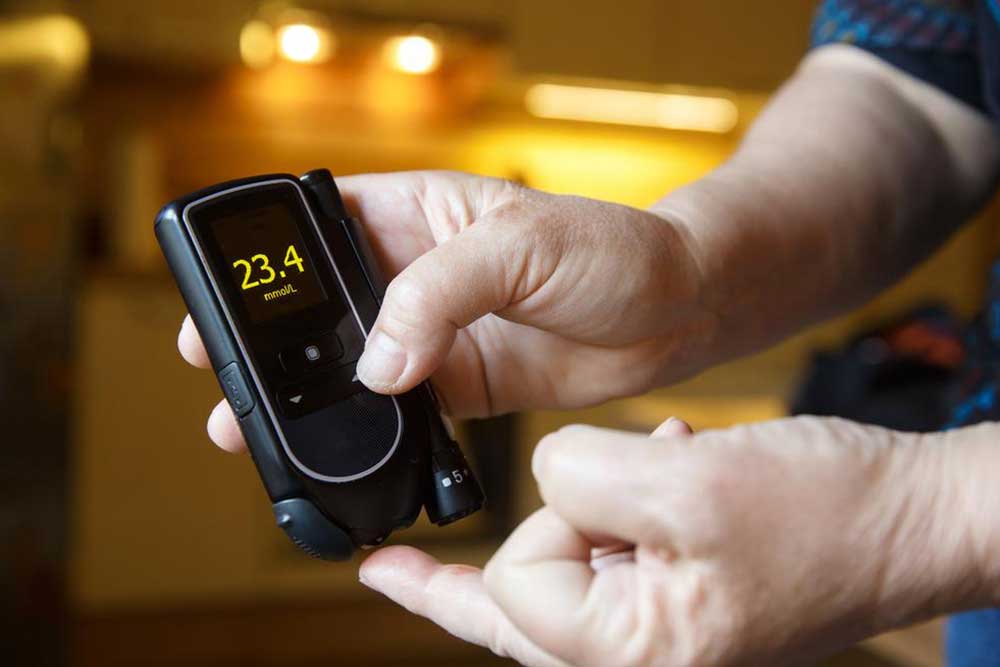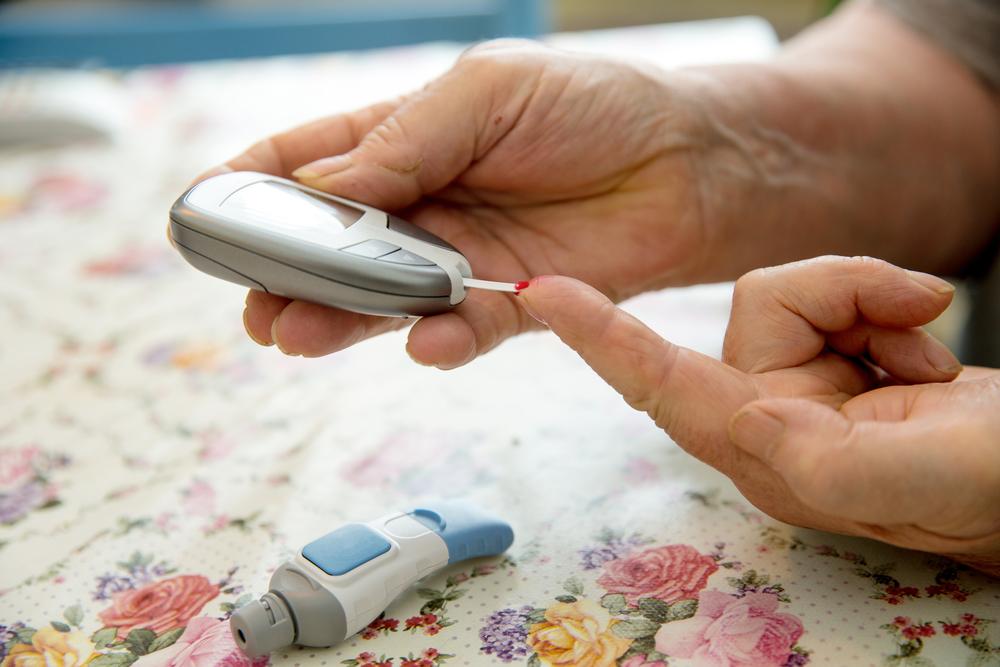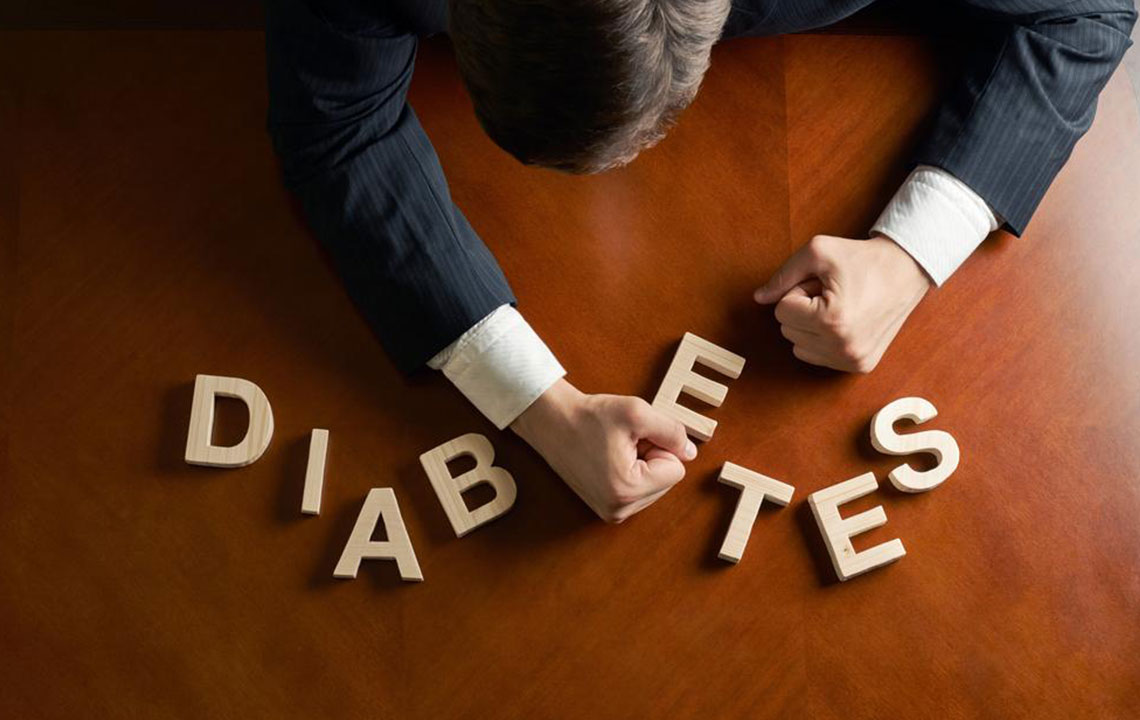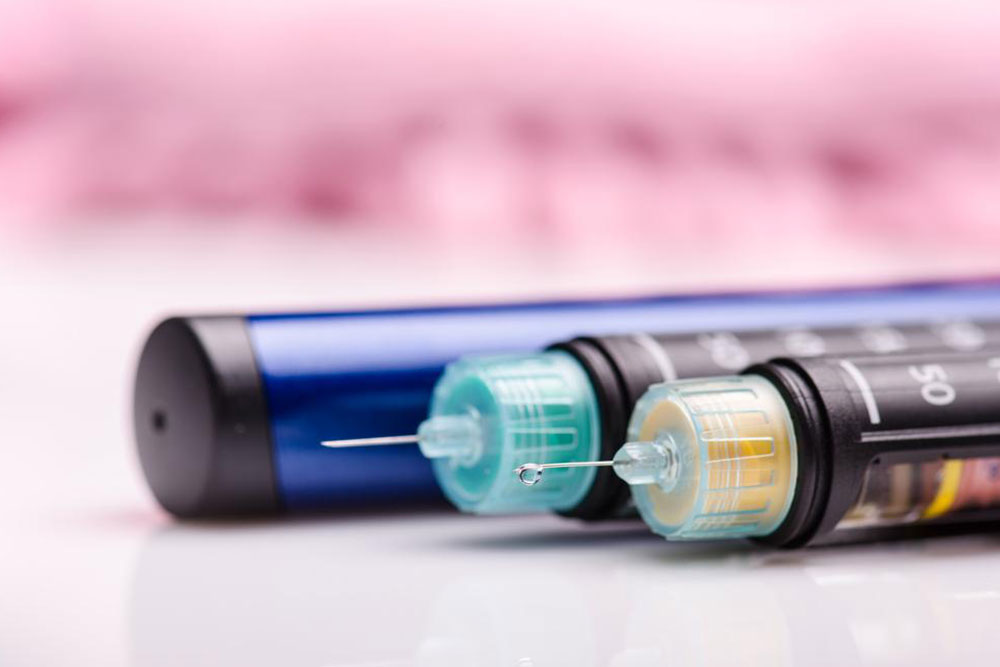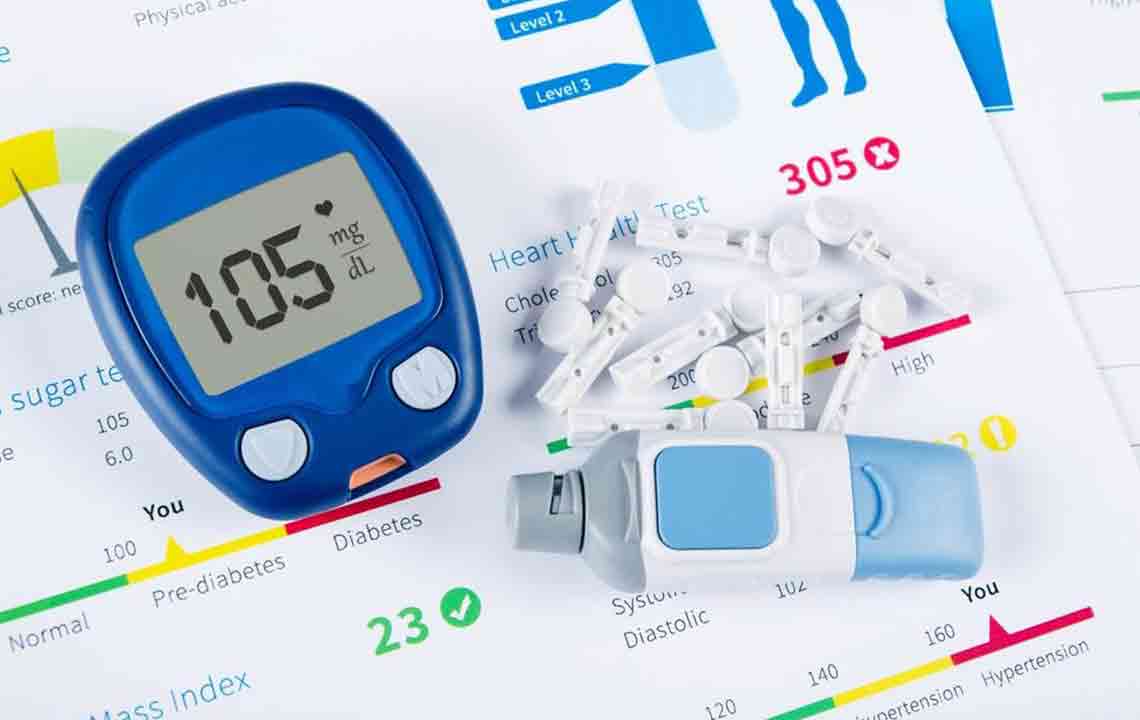Recognizing Early Indicators of Diabetes You Should Know
This article highlights key early signs and types of diabetes, emphasizing the importance of prompt detection and lifestyle modifications. It provides insights into symptoms, causes, and management strategies to help individuals recognize the condition early and seek appropriate medical care. Maintaining awareness about diabetes can lead to timely intervention and improved health outcomes, making this information valuable for all age groups. It underscores the significance of a healthy lifestyle in prevention and control.

Recognizing Early Indicators of Diabetes You Should Know
Diabetes mellitus, commonly known as diabetes, is a metabolic condition characterized by elevated blood sugar levels over an extended period. It occurs when insulin production by the pancreas is disrupted. The pancreas, located behind the stomach, releases insulin to aid in processing sugars and fats from food.
Causes of Diabetes include:
- Insufficient insulin production by the pancreas
- Complete lack of insulin secretion
- Body cells become resistant to insulin's effects.
Despite affecting millions globally, many individuals remain unaware of their condition.
Types of Diabetes
Type 1 Diabetes: The immune system destroys the insulin-producing beta cells in the pancreas, leading to high blood sugar levels due to lack of insulin.
Type 2 Diabetes: The body becomes resistant to insulin, resulting in ineffective glucose metabolism.
Gestational Diabetes: High blood sugar develops during pregnancy and may resolve postpartum.
Recognizing Early Symptoms
Symptoms are often mild, especially in type 2 diabetes.
Common signs include:
- Persistent hunger and fatigue
- Frequent urination (more than seven times daily)
- Excessive urination causing dry mouth and itchy skin
- Swelling around the eyes leading to blurred vision
Specific symptoms include:
Type 1: Sudden weight loss and nausea with vomiting.
Type 2: Yeast infections in folds of skin, slow wound healing, and numbness or pain in legs or feet.
These symptoms result from high blood sugar levels. Seek medical advice immediately if you notice any of these signs to get tested.
Prevention and Management
While diabetes is a lifelong condition, its progression can be managed through a healthy lifestyle. Maintain a balanced diet, engage in daily exercise, and avoid sugary foods. Type 1 diabetes requires insulin injections, whereas type 2 may be managed with or without insulin. Gestational diabetes usually improves after childbirth. Regular blood sugar monitoring and a combination of medication, diet, and fitness are essential for control. Stay vigilant!

